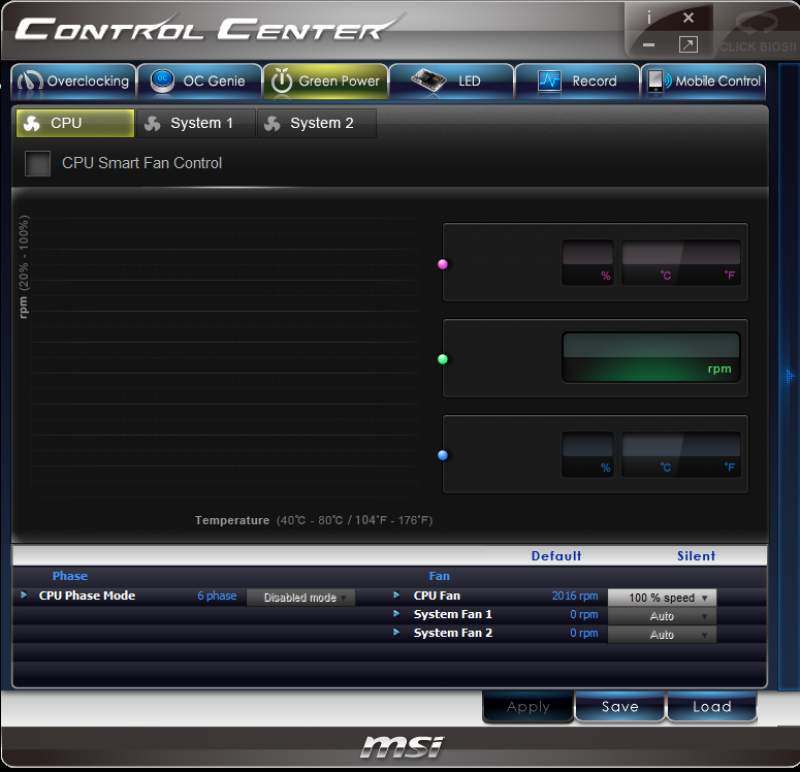

Some motherboard models may only allow DC control for some of the fan headers, even though they can all be 4-pin headers. So for each fan, you have to select the right fan control method: DC for a 3-pin fan or PWM for a 4-pin fan. Side note: The "RPM Speed Signal" pin (rotations per minute) in the picture is telling the motherboard at which speed the fan is spinning, it is not controlling the fan. With a PWM-controlled fan, the board powers it with a steady 12V, and the fan speed is controlled through the fourth pin via a PWM signal. With a DC-controlled fan, the fan speed is regulated by the board powering it with lower or higher voltages (say, between 3V and 12V) instead of steady 12V. A 4-pin plug means it's PWM (pulse width modulation) controlled. In most situations, if you need a quiet computer in order to not disturb roommates, a desktop computer would be the better choice.A three-pin plug means the fan is DC (= direct current) voltage-controlled. My big GT80 2QE with it 18.4-inch LCD has one of the biggest cooling systems and it is very quiet when not gaming. It's larger fans will be able to operate at a slower rpm under most normal conditions and therefore be quieter than a smaller gaming notebook with a less powerful cooling system. And, if you must use a gaming notebook, you should get the biggest model with the biggest cooling system.

If you need to use a notebook in a quiet environment, a gaming notebook should be your last choice. Some good choices would be: Thermal Grizzly Kryonaut Thermal Paste or IC Diamond Thermal Compound and for the pads: Fujipoly Extreme Thermal Pads.īut no matter what you do, the fact will remain: Gaming notebooks are louder than regular notebooks. This can lower the operating temperature of your CPU and dGPU so your fans won't need to run as fast, but it will cost money to have this done.

You could pay an experienced computer tech to disassemble your notebook's cooling system and replace the factory thermal compound and pads with higher quality stuff. You can control the cooling fan profiles via the MSI Dragon Center software but you have to be careful not to let your CPU or dGPU get too hot or you may damage them and/or other components in your notebook. But, as far as I'm aware, you cannot undervolt the dGPU in a notebook (but you can slow down its clock). You can undervolt the CPU with Intel's XTU software (eXtreme Tuning Utility) but you have to be careful not to undervolt too much or your notebook will be become unstable and all kinds of problems can happen. That way the CPU and dGPU won't get so hot. If the problem occurs when you're gaming, the easiest thing to do is to turn down the quality settings for your games.


 0 kommentar(er)
0 kommentar(er)
